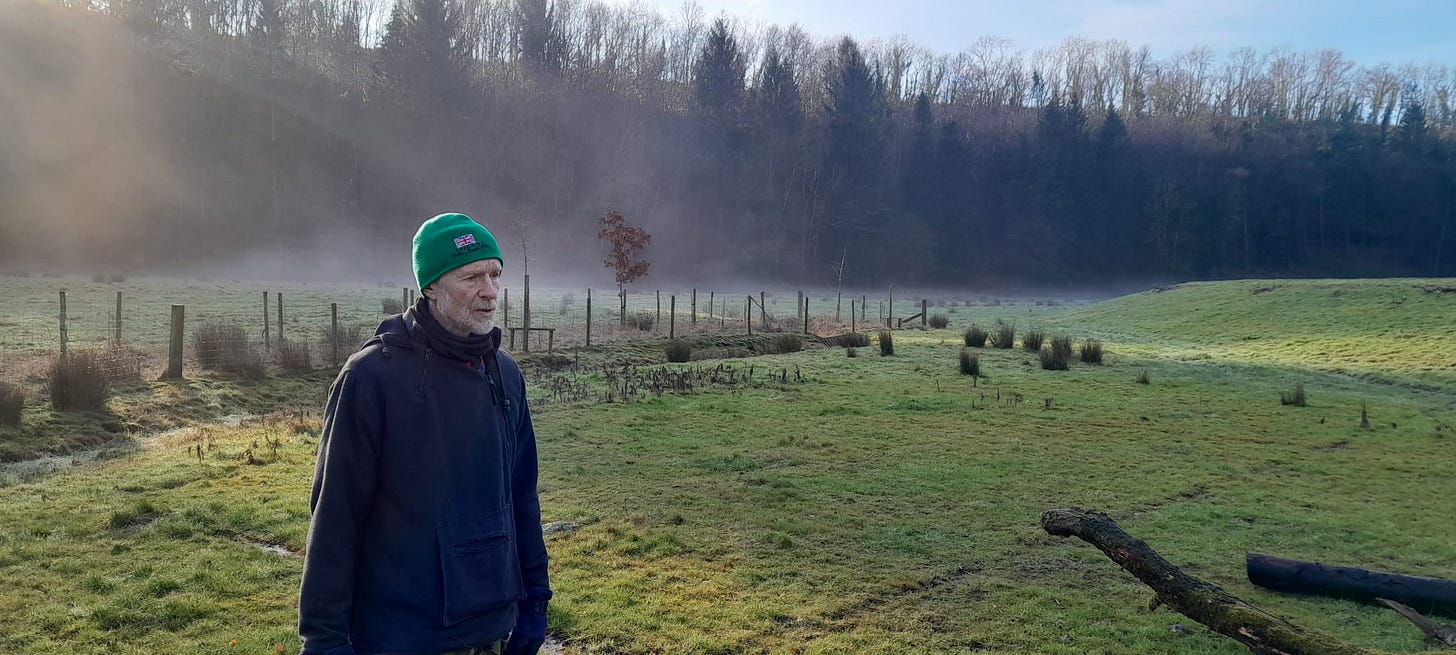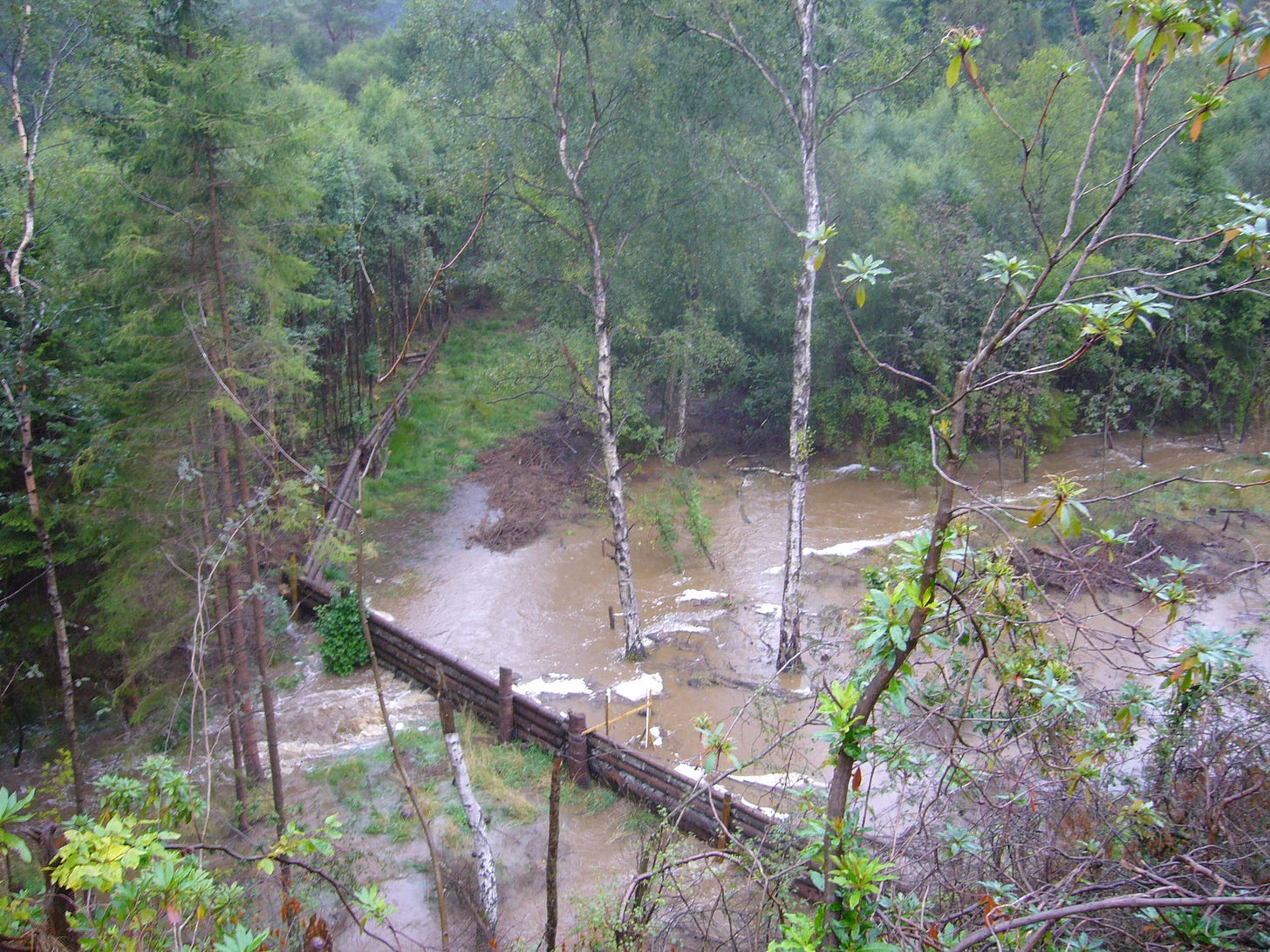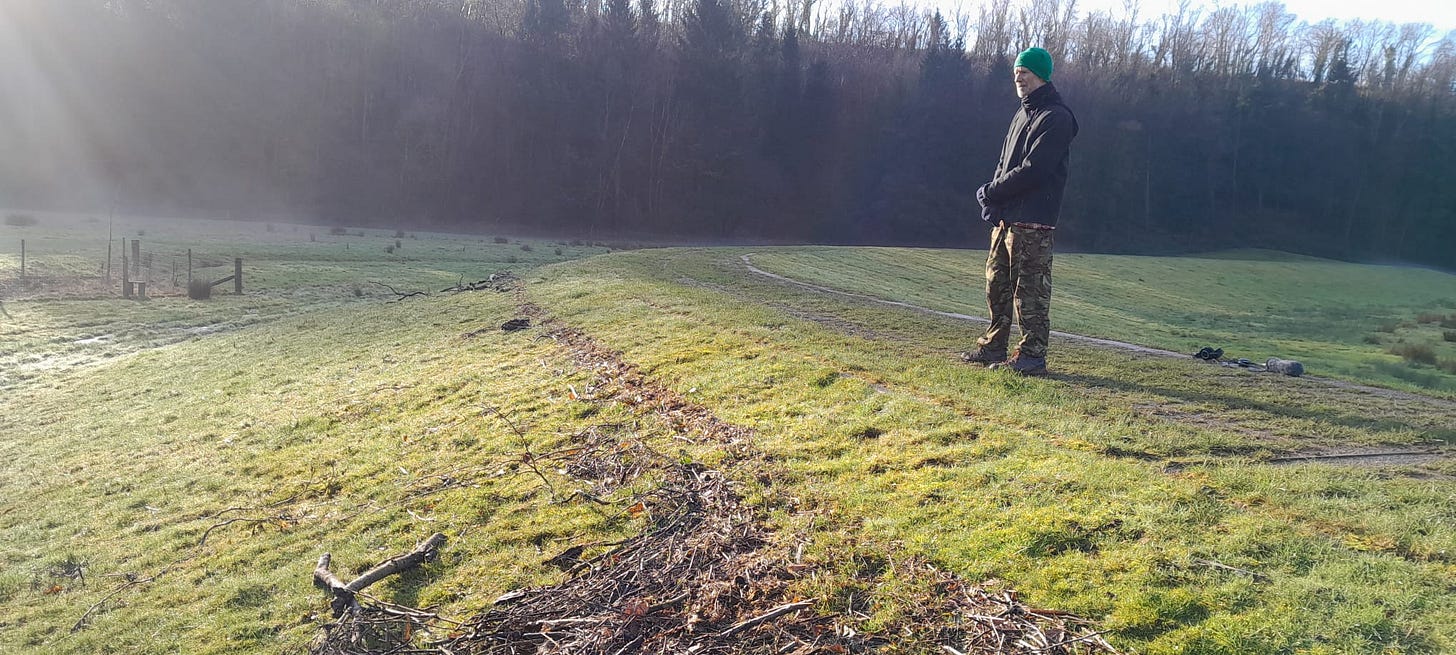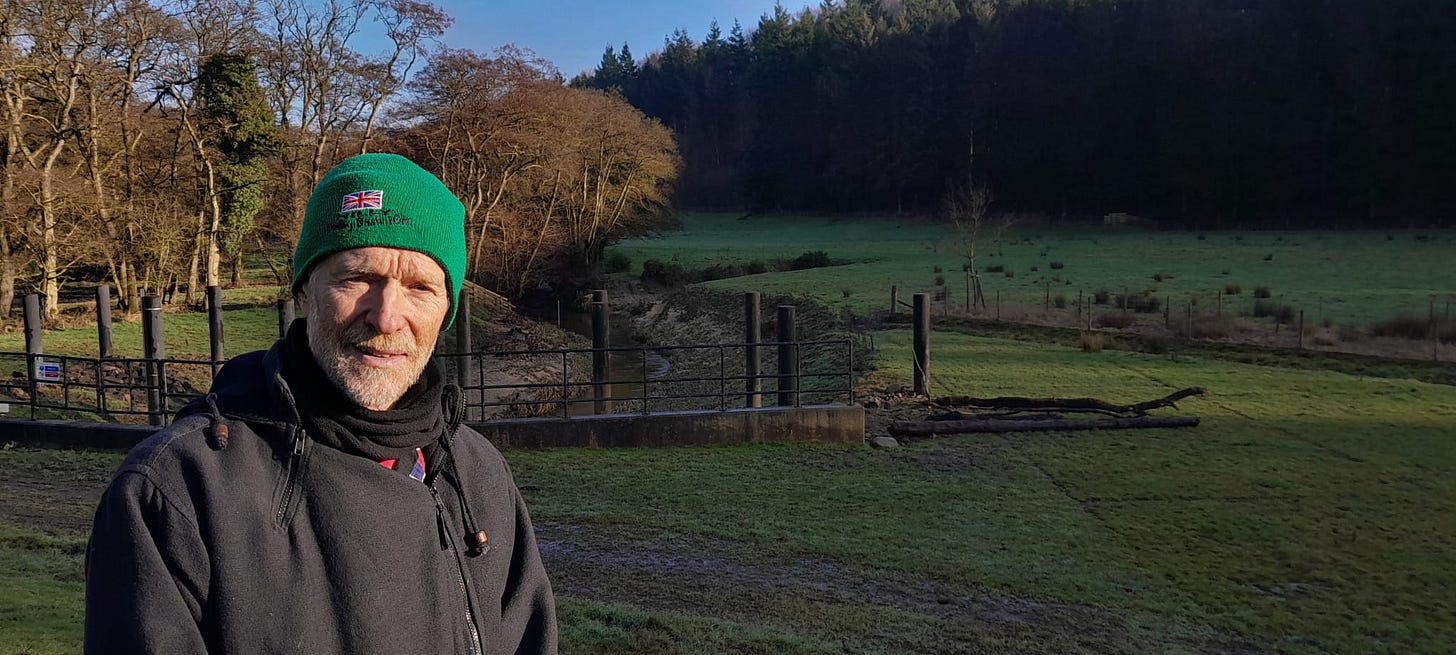How introducing beavers and slowing the flow of rivers reduces flood risk
Mike Potter talks about the benefits of natural flood management, and how climate change could lead to flooding we can't defend against.
Listen to Mike’s story:
In this story we speak with Mike Potter in Pickering, a market town in North Yorkshire which was flooded four times in eight years between 1999 and 2007. The final flood caused an estimated £7 million in damages. The town is located at the bottom of a steep gorge which drains much of the North York Moors, so when it came to building concrete wall defences in 2007, the cost was estimated to be around £20 million, which the authorities could not justify by the size of population to be protected from flooding. There were calls for proposals for alternative means of addressing the flood risk in Pickering, and the result was a partnership between academics, the Environment Agency, the Forestry Commission, and local residents – one of whom was Mike. He was instrumental in developing what is now known as the “Slow the Flow” scheme, which combined an engineered dam with Natural Flood Management (NFM). We went to Pickering to speak with Mike about how NFM could be a cost-effective mitigation for flooding nationwide, and how introducing beavers into the upper catchment of rivers can help slow the flow of water while improving biodiversity. He also stresses how regardless of flood defences, climate change could lead to unmanageable flood risks.
Listen on your device:
Apple Podcasts
Soundcloud
Spotify
Subscribe to automatically download new episodes!
“The pinnacle of the pyramid of flood-risk management is dealing with climate change. We can deal with the symptoms … but until we deal with climate change, which is increasing the flood risk, increasing the intensity, increasing the strength of storms, we are increasing the risk of those bigger floods that you literally can’t defend against.”
“There are all sorts of benefits to the beavers … there are great benefits to the biodiversity, they improve the water quality because it is being filtered. They reduce the flood peaks by creating the wetlands … it’s all win, win, win”
“It’s quite astounding. They seem to be able to assess how much water will come down the water course in flood conditions … they dug this little channel when the water level was fairly moderate, but the year after that there was quite a severe drought … but still there was about 20cm of water in the bottom of the channel.”
“If we restore the moorland so that the water doesn’t run off there quickly … that will slow the flow in the upper catchment. In drought terms, if you get more water soaking into the ground, it’s more drought resilient, more resilient to wildfires.”
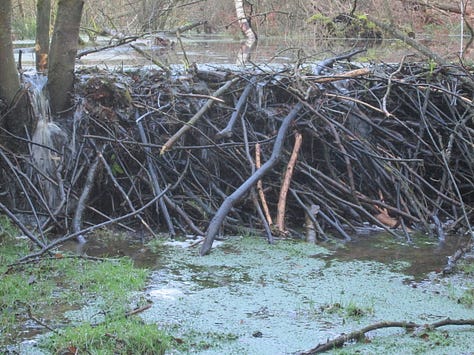
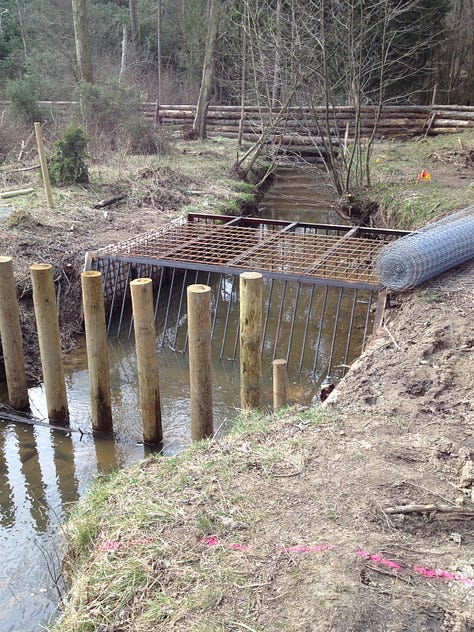
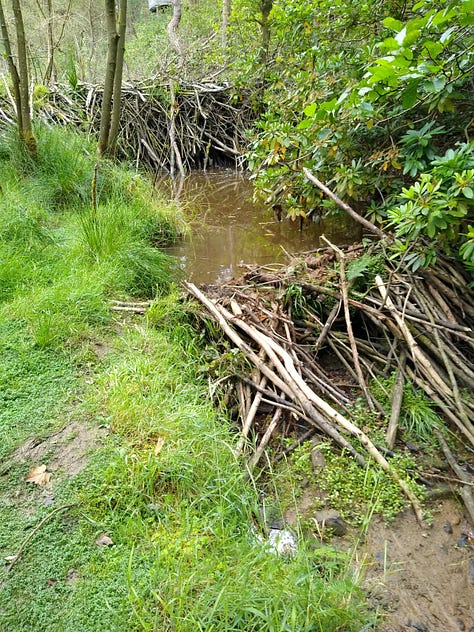

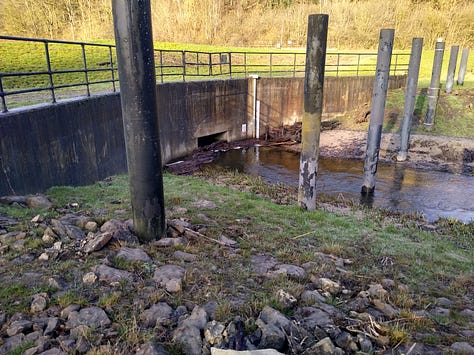

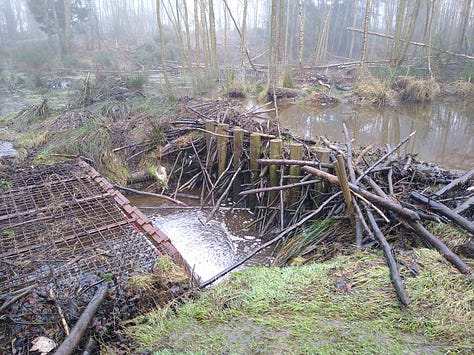
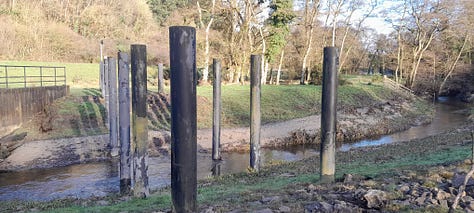
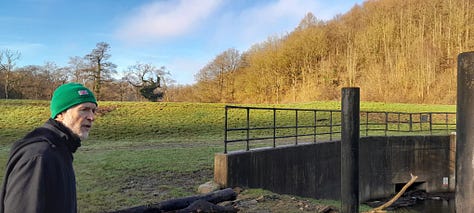
Keep posted. We’ll email you when new episodes arrive:
Hear the Show!
Don't miss an episode! Subscribe to download the show to your device:
Apple Podcasts
Soundcloud
Spotify
Follow us
Show updates, additional content, and other insights:
Facebook
Twitter
Instagram
Bluesky
TikTok
Stories From Round Our Way. Everyday conversations with people impacted by climate change.




